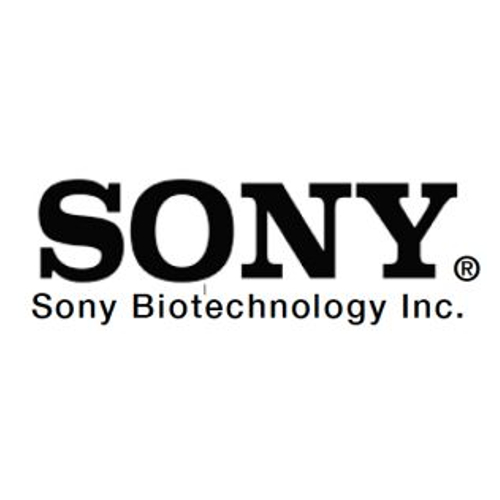CD4 / PE-Fire 640 / SK3
Product Details
| Description | PE/Fire 640 anti-human CD4 | |
|---|---|---|
| Conjugate | PE-Fire 640 | |
| Clone | SK3 | |
| Target Species | Human | |
| Applications | FC | |
| Supplier | Sony | |
| Catalog # | Sign in to view product details, citations, and spectra | |
| Size | ||
| Price | ||
| Antigen | ||
| Host | ||
| Isotype |
About CD4
This gene encodes the CD4 membrane glycoprotein of T lymphocytes. The CD4 antigen acts as a coreceptor with the T-cell receptor on the T lymphocyte to recognize antigens displayed by an antigen presenting cell in the context of class II MHC molecules. The CD4 antigen is also a primary receptor for entry of the human immunodeficiency virus through interactions with the HIV Env gp120 subunit. This gene is expressed not only in T lymphocytes, but also in B cells, macrophages, granulocytes, as well as in various regions of the brain. The protein functions to initiate or augment the early phase of T-cell activation, and may function as an important mediator of indirect neuronal damage in infectious and immune-mediated diseases of the central nervous system. Multiple alternatively spliced transcript variants encoding different isoforms have been identified in this gene. [provided by RefSeq, May 2020]
This gene encodes the CD4 membrane glycoprotein of T lymphocytes. The CD4 antigen acts as a coreceptor with the T-cell receptor on the T lymphocyte to recognize antigens displayed by an antigen presenting cell in the context of class II MHC molecules. The CD4 antigen is also a primary receptor for entry of the human immunodeficiency virus through interactions with the HIV Env gp120 subunit. This gene is expressed not only in T lymphocytes, but also in B cells, macrophages, granulocytes, as well as in various regions of the brain. The protein functions to initiate or augment the early phase of T-cell activation, and may function as an important mediator of indirect neuronal damage in infectious and immune-mediated diseases of the central nervous system. Multiple alternatively spliced transcript variants encoding different isoforms have been identified in this gene. [provided by RefSeq, May 2020]
About PE-Fire 640
PE-Fire™ 640 from Biolegend is a red-emitting tandem fluorophore that combines pycoerythrin (PE) and Fire™ 640. The donor molecule, PE can be excited by the 488-nm blue, 532-nm green, or 561-nm yellow-green laser and and transfers energy to the acceptor molecule, Fire™ 640, which emitts light that can be captured with a 630/69 nm bandpass filter. PE-eF610 has an excitation peak at 565 nm and an emission peak at 639 nm. In spectral cytometry, this dye can be accurately unmixed from other dyes with highly overlapping spectral profiles, such as PE-Dazzle® 594 and PE-Cy5. PE-Fire™ 640 is recommended for labeling antigens that: (1) are expressed on a small subset (2) will be excluded from final analysis, and (3) require a bright signal but are not co-expressed with an antigen marked by a dye with overlapping spectra.
PE-Fire™ 640 from Biolegend is a red-emitting tandem fluorophore that combines pycoerythrin (PE) and Fire™ 640. The donor molecule, PE can be excited by the 488-nm blue, 532-nm green, or 561-nm yellow-green laser and and transfers energy to the acceptor molecule, Fire™ 640, which emitts light that can be captured with a 630/69 nm bandpass filter. PE-eF610 has an excitation peak at 565 nm and an emission peak at 639 nm. In spectral cytometry, this dye can be accurately unmixed from other dyes with highly overlapping spectral profiles, such as PE-Dazzle® 594 and PE-Cy5. PE-Fire™ 640 is recommended for labeling antigens that: (1) are expressed on a small subset (2) will be excluded from final analysis, and (3) require a bright signal but are not co-expressed with an antigen marked by a dye with overlapping spectra.
Experiment Design Tools
Panel Builders
Looking to design a Microscopy or Flow Cytometry experiment?
Validation References
Reviews & Ratings
| Reviews |
|---|
Looking for more options?
6549 CD4 antibodies from over 61 suppliers available with over 260 conjugates.





